Shiro Kasamatsu - The Woodblock Master of Serenity
Ueno Toshogu Shrine - 1953│© Shiro Kasamatsu│source Ukiyo-e.org
Shiro Kasamatsu is one of Japan’s most celebrated woodblock printmakers of the 20th century, revered for his artistic versatility and deep respect for Japanese tradition. His body of work is marked by a fusion of traditional Japanese themes with modern sensibilities, capturing landscapes, cityscapes, and scenes from daily life with remarkable sensitivity. Born in Tokyo in 1898, Kasamatsu trained in two distinct but influential styles of printmaking: Shin Hanga and Sosaku Hanga.
Artistic Training
Kasamatsu’s journey into the world of art began under the tutelage of Kaburagi Kiyokata, a master known for his bijin-ga or paintings of beautiful women. However, young Kasamatsu was drawn more toward landscapes than portraiture. He adopted the pseudonym Shiro, a name given by Kiyokata, and began to explore woodblock printing, a traditional Japanese art form dating back to the Edo period. This grounding in classical techniques would deeply influence his later works
Shin Hanga - Tradition Meets Modernity
Kasamatsu’s career as a woodblock print artist took off under the Shin Hanga movement, which aimed to revitalize Japanese woodblock printing by merging traditional techniques with contemporary themes. This movement was largely guided by publishers like Shozaburo Watanabe, who discovered Kasamatsu and commissioned his first woodblock designs in 1919. Kasamatsu’s prints with Watanabe captured iconic Japanese landscapes and traditional scenes with fresh, romanticized beauty.
The Shin Hanga style, in which Kasamatsu became renowned, focused on rich colors and detailed textures, and often highlighted Japan’s natural landscapes and seasonal changes. Kasamatsu’s early prints depict serene temples, misty forests, and the quiet beauty of rural life. His works were not only admired for their aesthetic appeal but also their ability to evoke a nostalgic and introspective view of Japanese tradition. Tragically, many of his early works were lost in the Great Kanto Earthquake of 1923, which destroyed Watanabe’s print shop. Despite this setback, Kasamatsu continued producing Shin Hanga prints with Watanabe and later with Unsodo, a Kyoto-based publisher that offered him further creative freedom.
Spring Dusk at Yumoto Hot Springs - 1953│© Shiro Kasamatsu│source Ukiyo-e.org
Sōsaku Hanga - Embracing the Artist’s Independence
In the 1950s, Kasamatsu shifted toward the Sosaku Hanga or Creative Print movement, which emphasized the artist’s direct involvement in every stage of the printmaking process, from design to carving and printing. This was a departure from Shin Hanga, where artists typically collaborated with specialized artisans. For Kasamatsu, this change meant more autonomy and personal expression, and he began creating and publishing his own prints around 1955. These works often carry a distinct, individualistic touch compared to his earlier Shin Hanga pieces.
The Sosaku Hanga style also allowed Kasamatsu to experiment more with form and technique, often resulting in more abstract and introspective pieces. His creative prints during this time captured a more personal interpretation of landscapes, subtly shifting away from the romanticized scenes typical of Shin Hanga. Many of these works are pencil-signed and often numbered, marking a unique chapter in Kasamatsu’s career where he exercised full creative control over his craft.
Themes
Across both styles, Kasamatsu’s work reveals a deep connection to Japan’s landscapes and cultural heritage. He portrayed temples, shrines, rural villages, and natural scenery with elegance and tranquility. His iconic prints, such as those featuring Tokyo, Kyoto, and famous Japanese landmarks like Mount Fuji, possess a sense of quiet beauty and contemplative stillness.
Kasamatsu’s legacy is not only in his dual mastery of Shin Hanga and Sosaku Hanga but also in the way he bridged tradition with innovation. His work inspired subsequent generations of printmakers who admired his ability to move seamlessly between collective and individual artistic approaches. By combining the collaborative spirit of Shin Hanga with the independent ethos of Sosaku Hanga, Kasamatsu demonstrated that tradition and creativity could coexist in Japanese art.
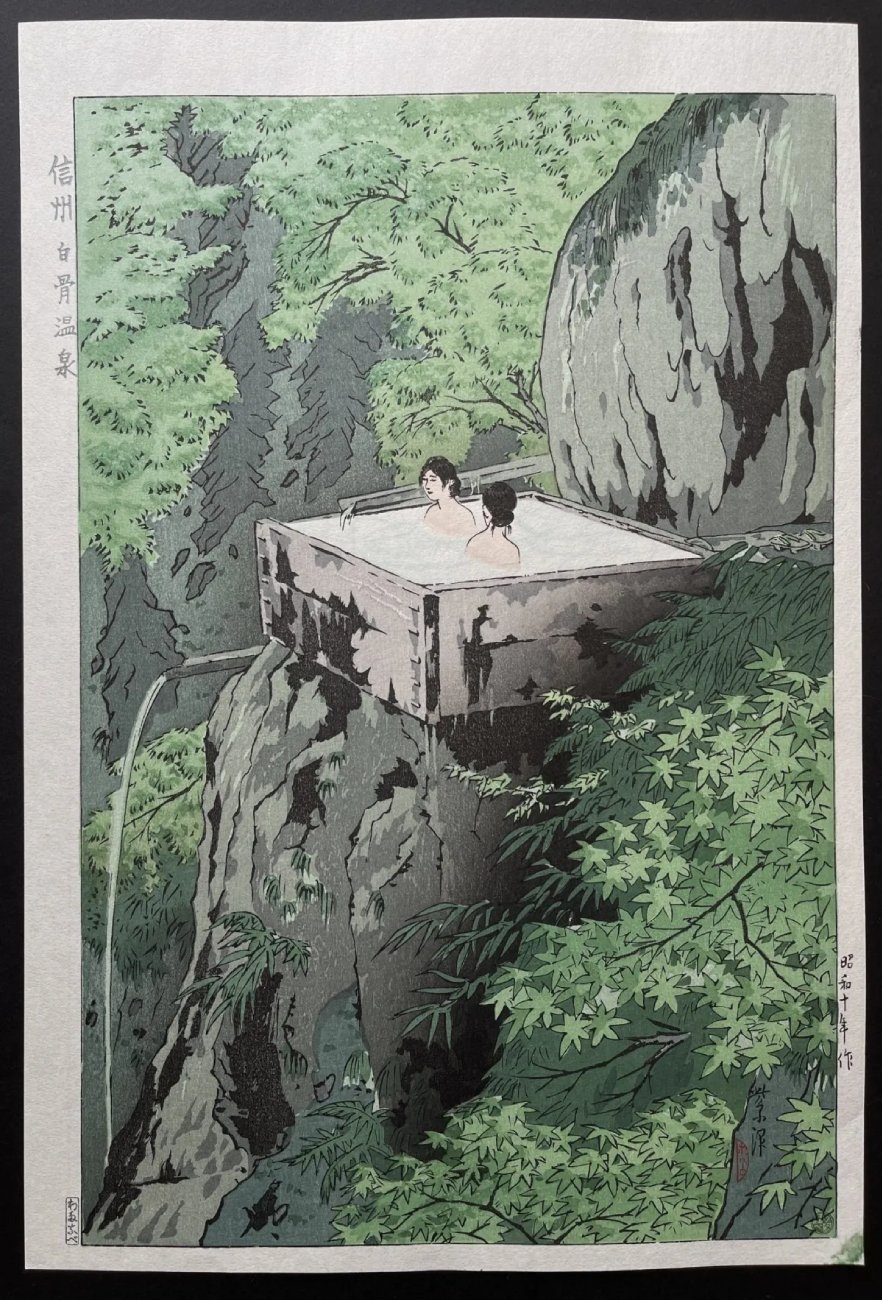

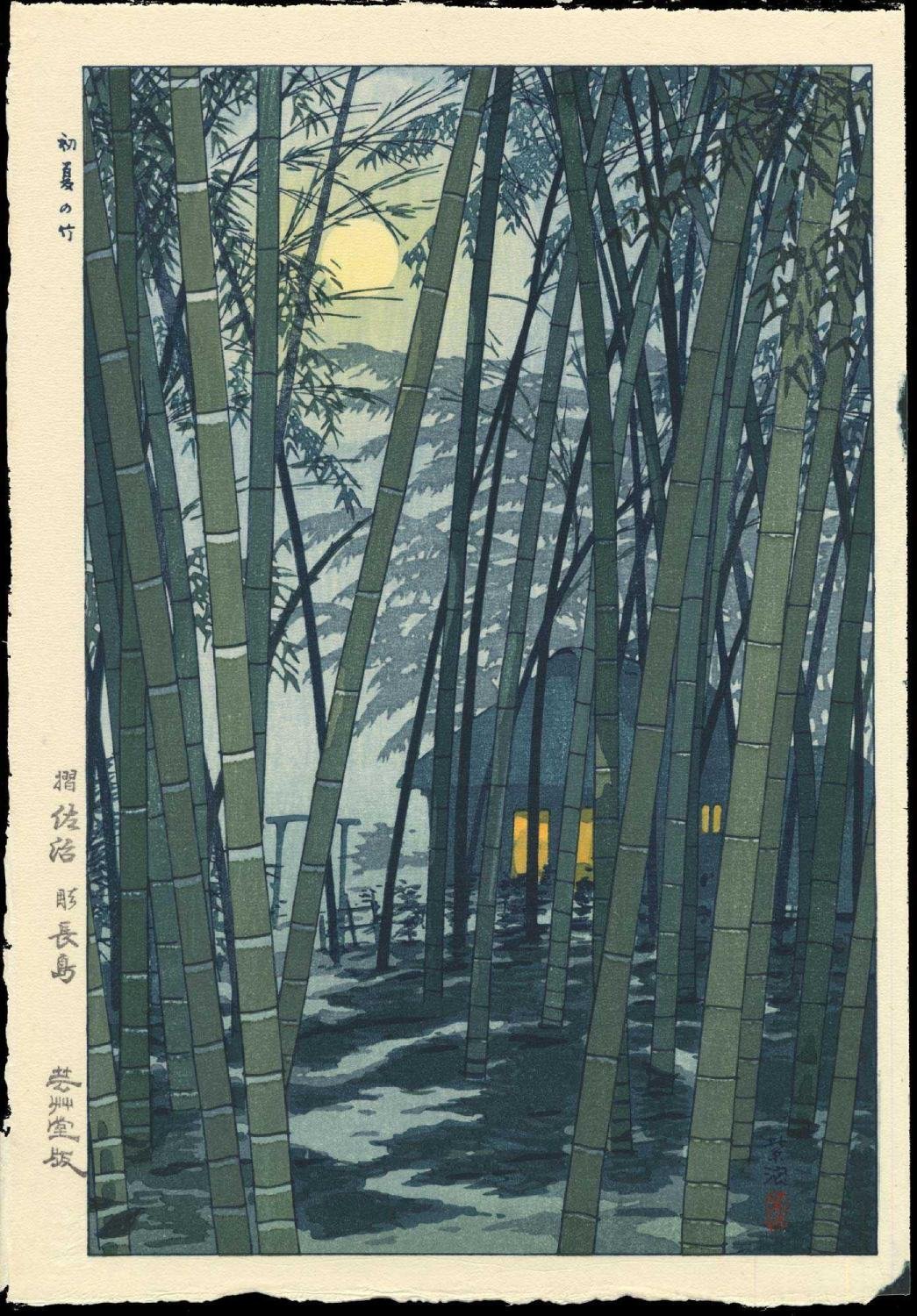
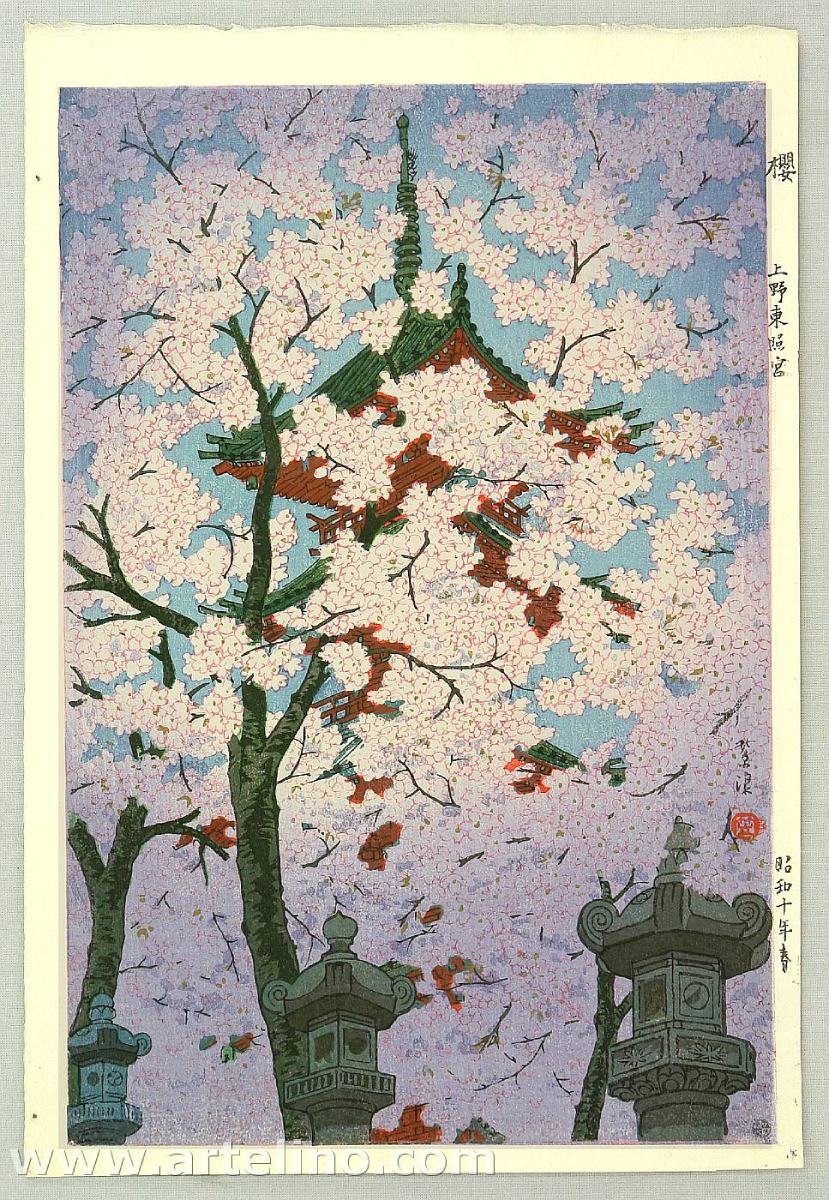
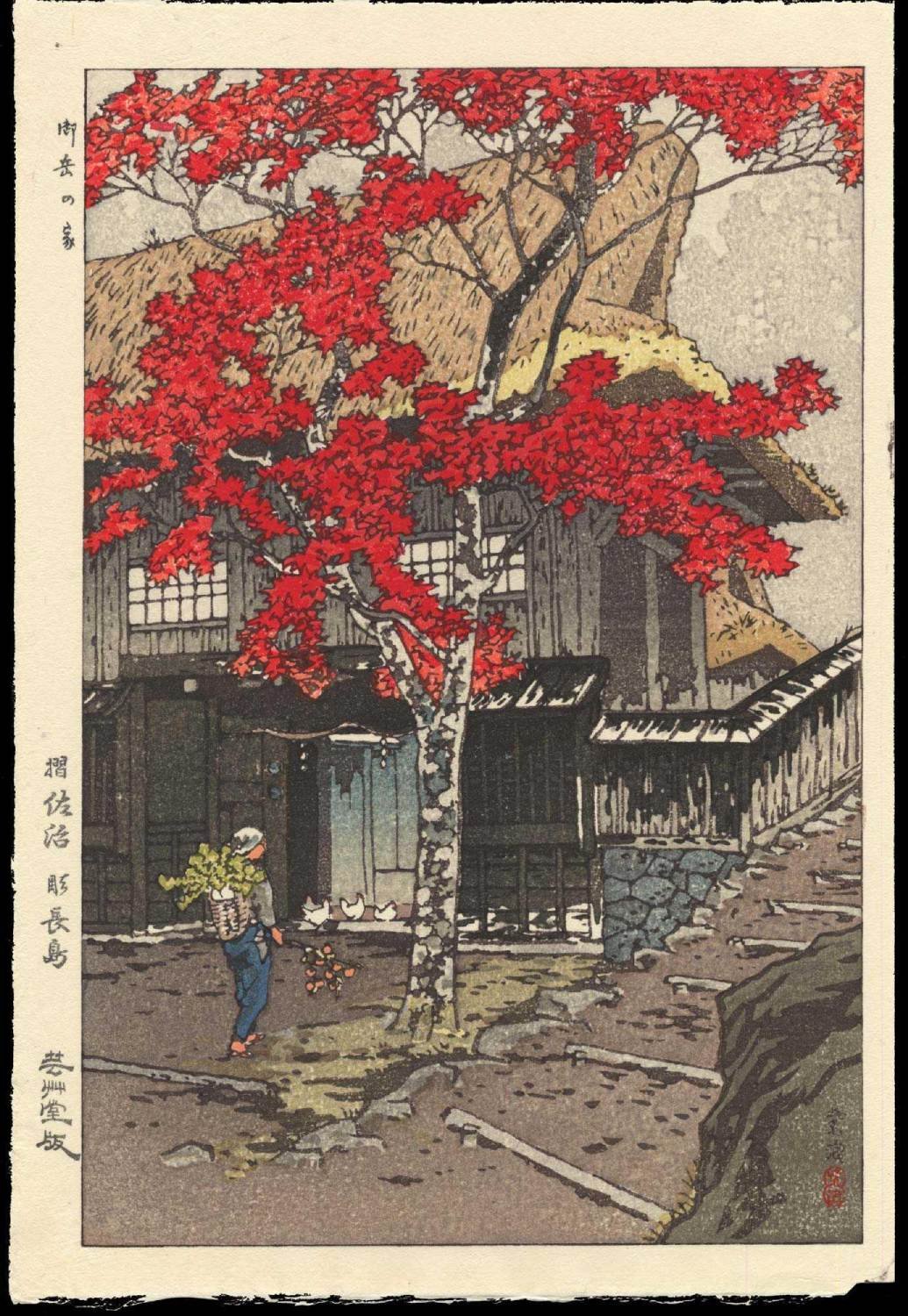

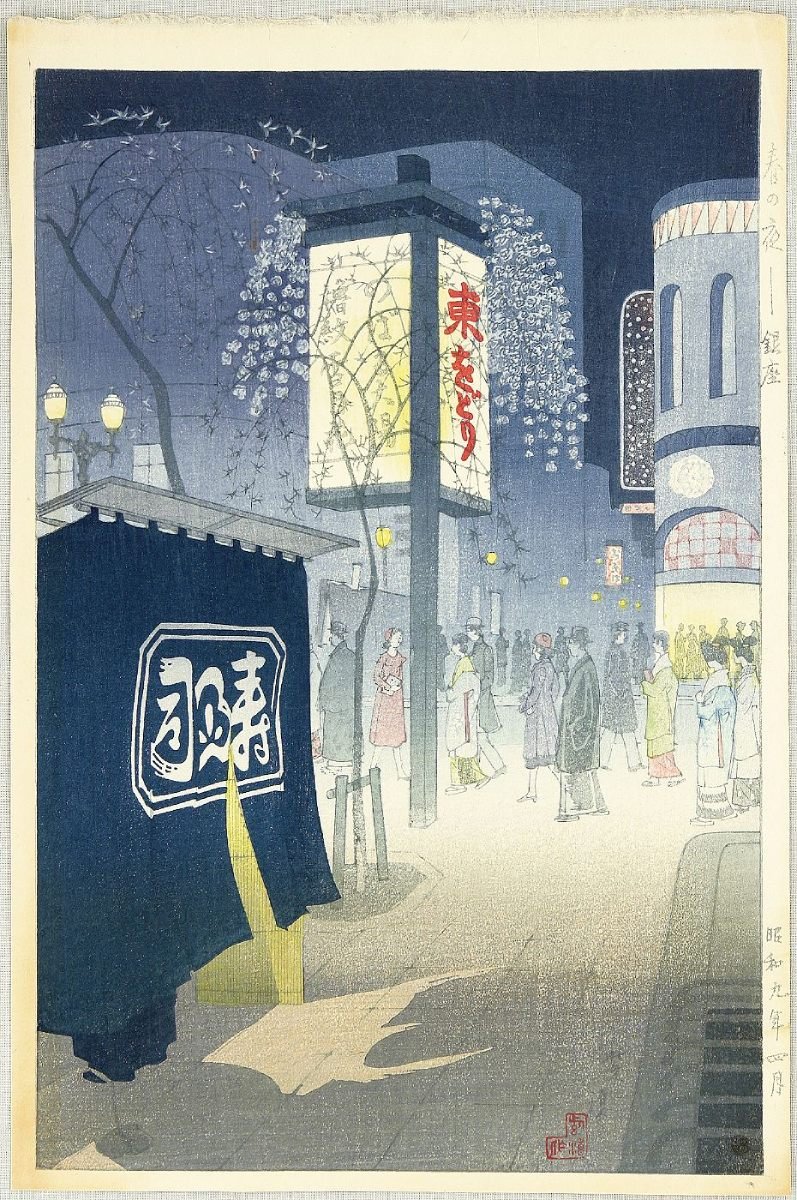
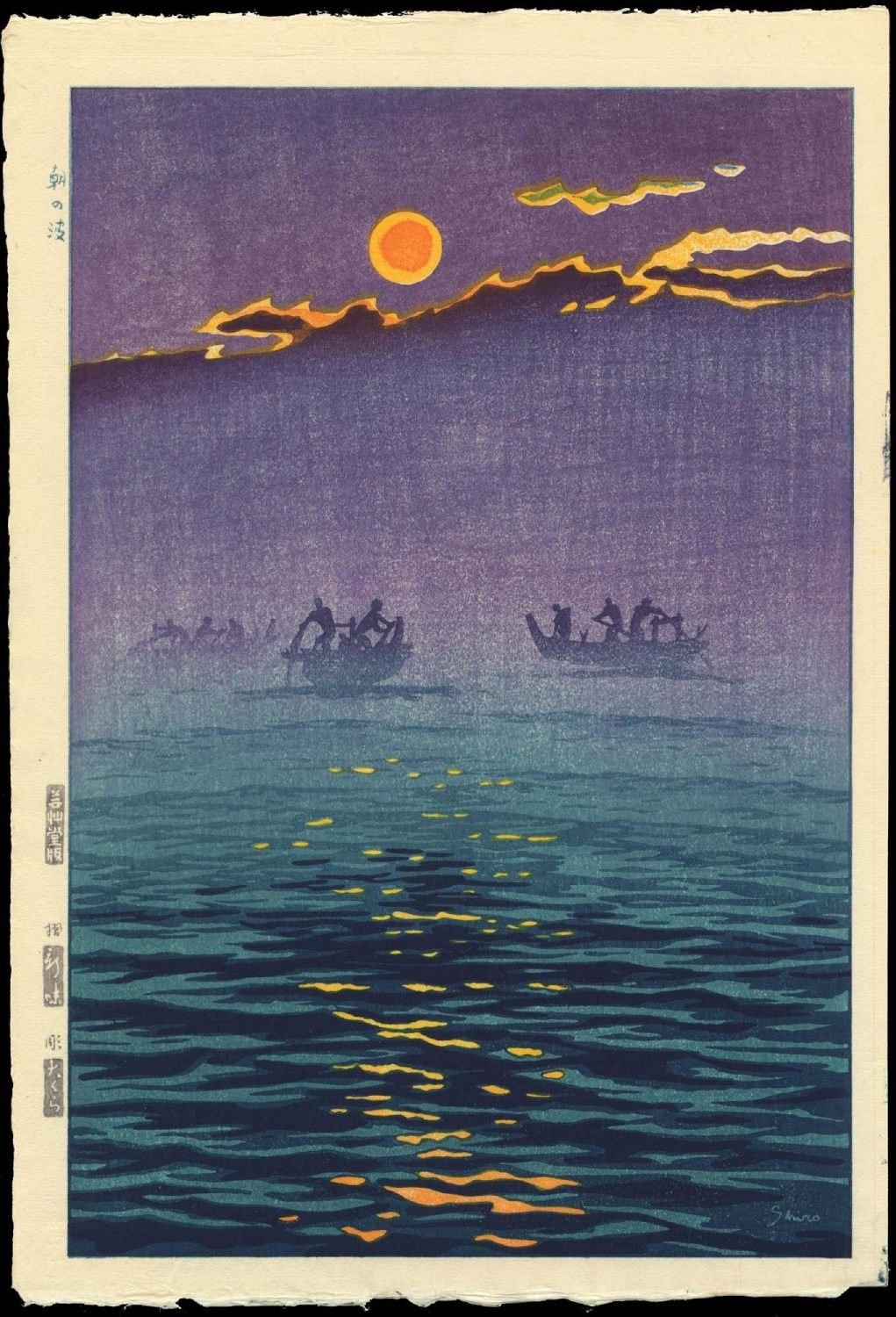
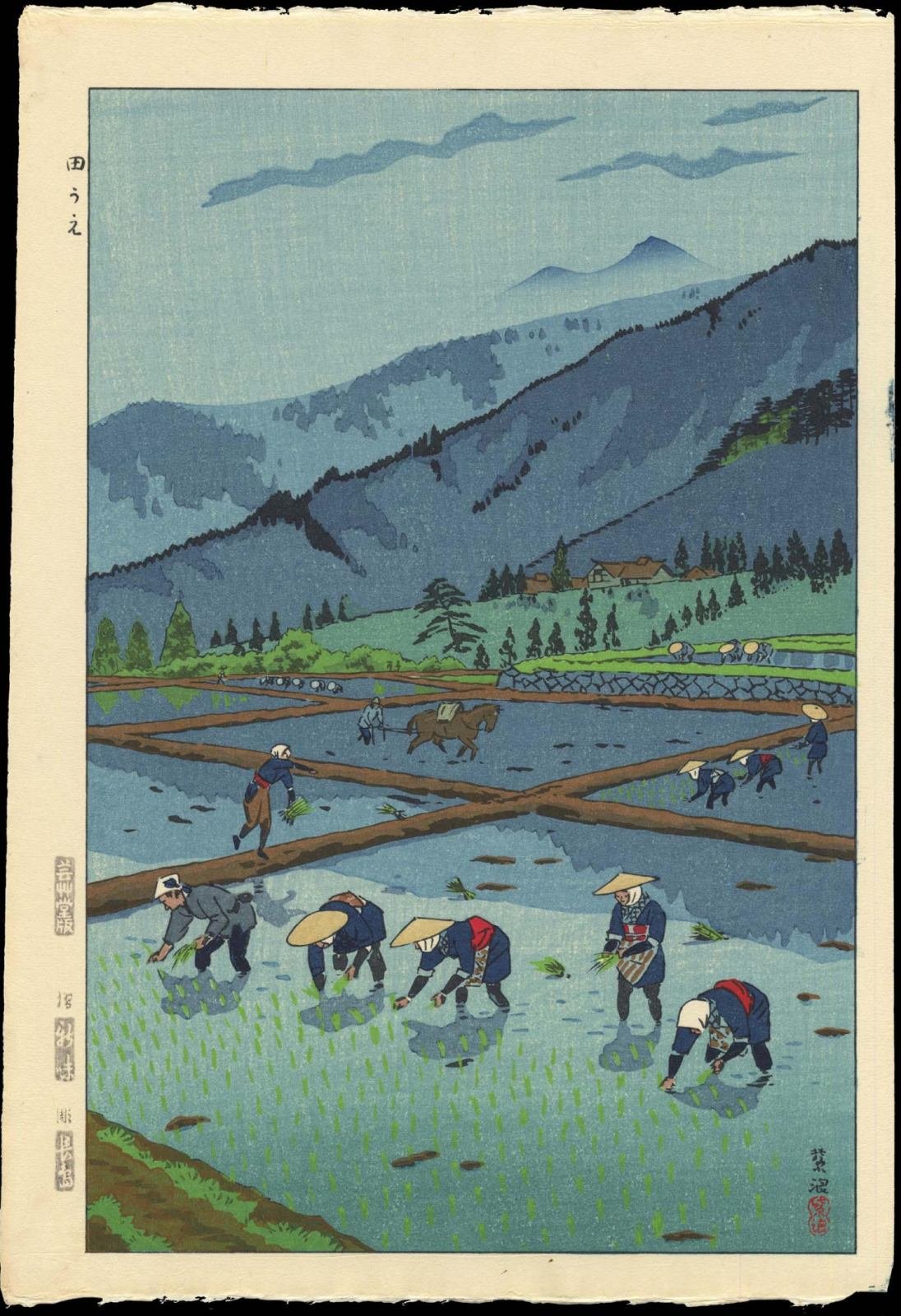



Shiro Kasamatsu’s prints are highly regarded among collectors today, particularly his Shin Hanga works published through Watanabe and Unsodo. His dedication to quality and his keen sense of atmospheric depth have earned him a respected place in Japanese art history. He remains a crucial figure for anyone exploring Japanese printmaking, both for his technical achievements and his ability to convey the quiet beauty of Japan through woodblock prints.



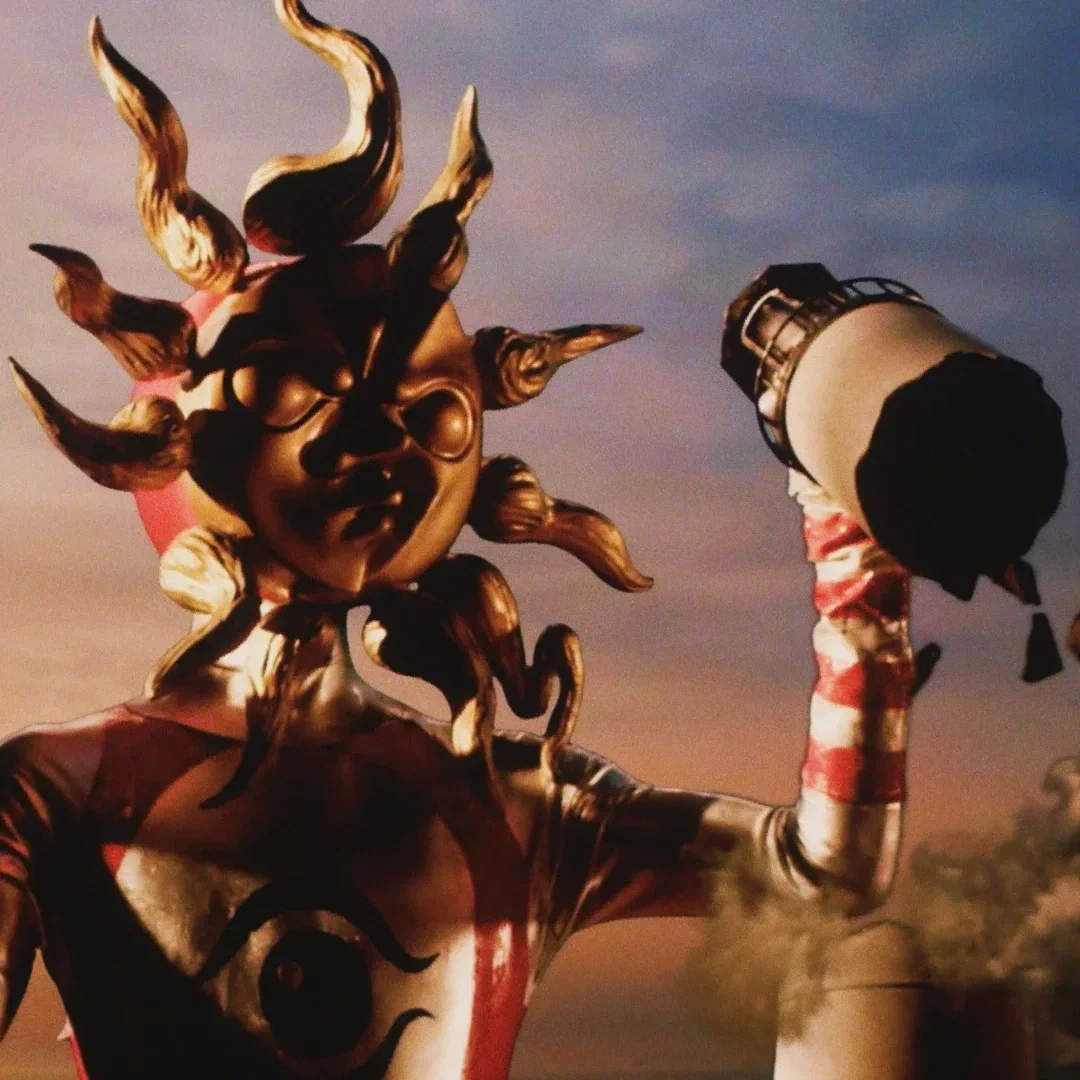

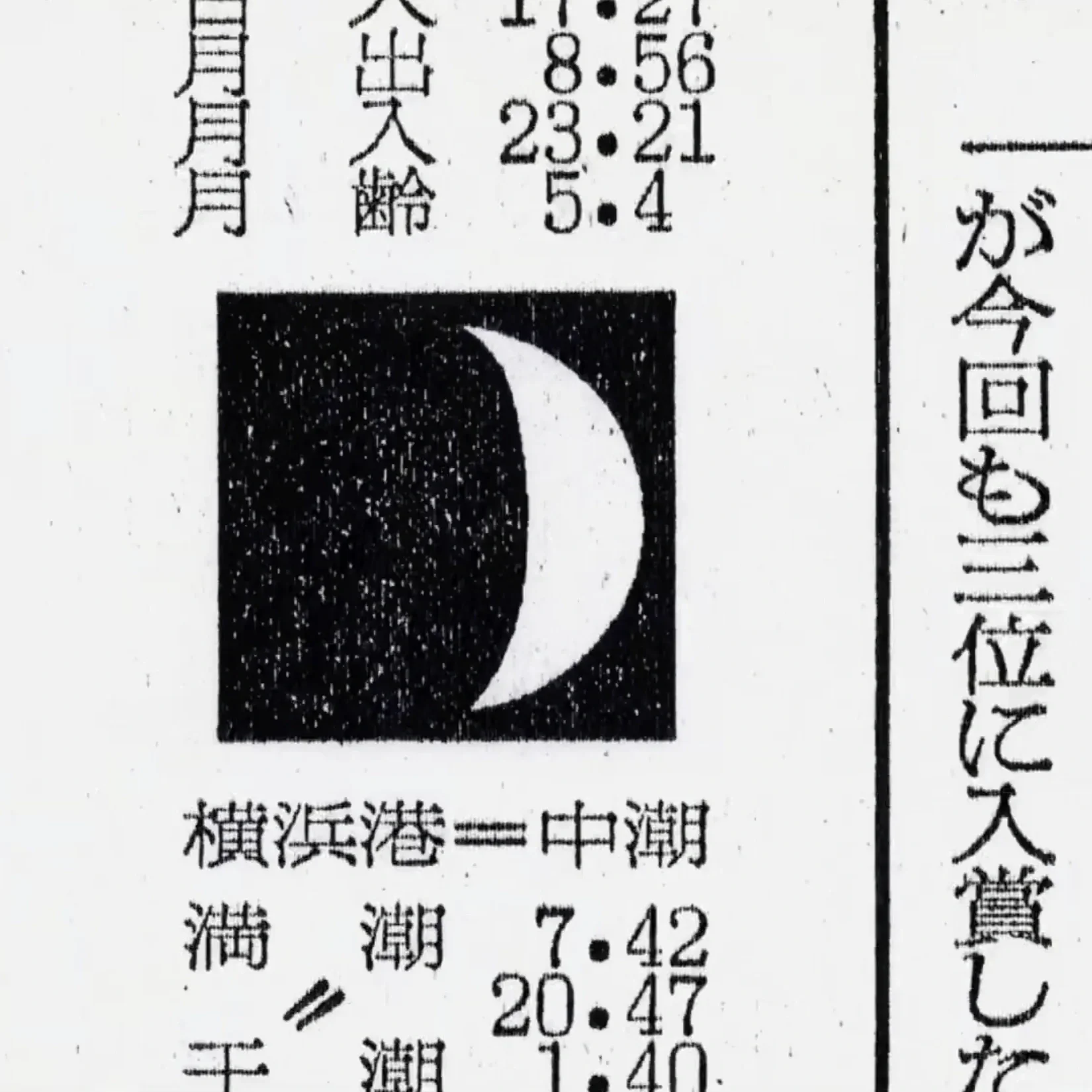
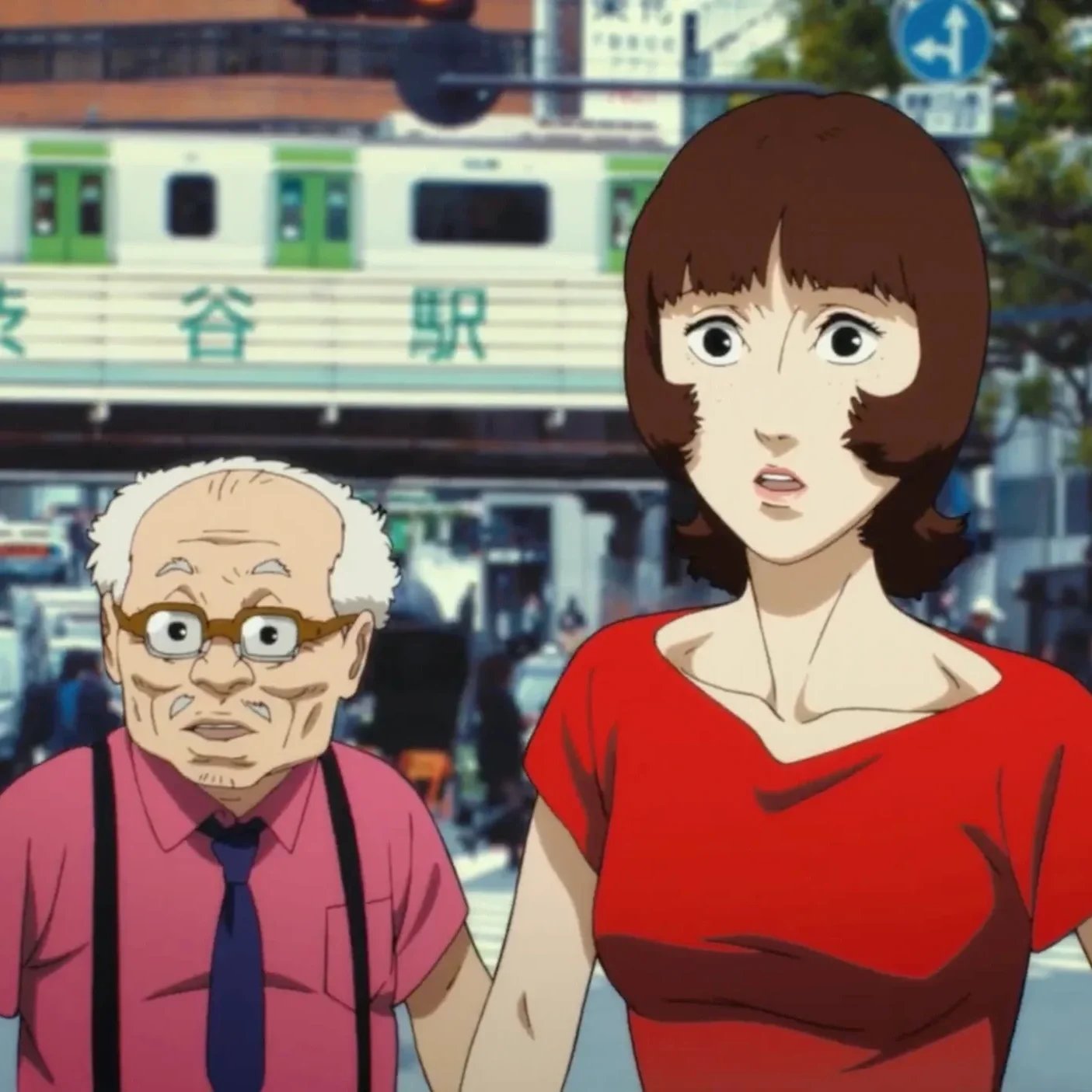


How Hiroo Isono captured the beauty of nature through his mythical art.